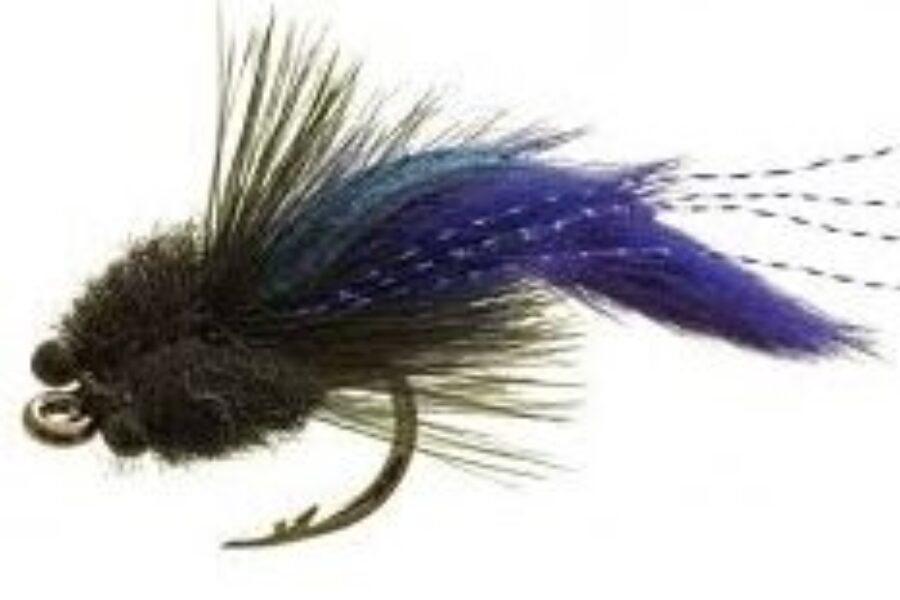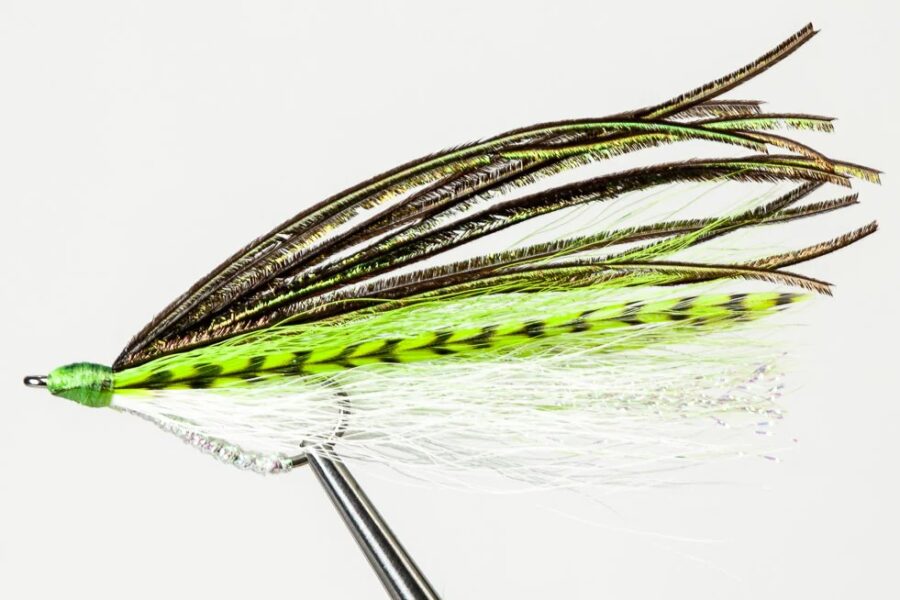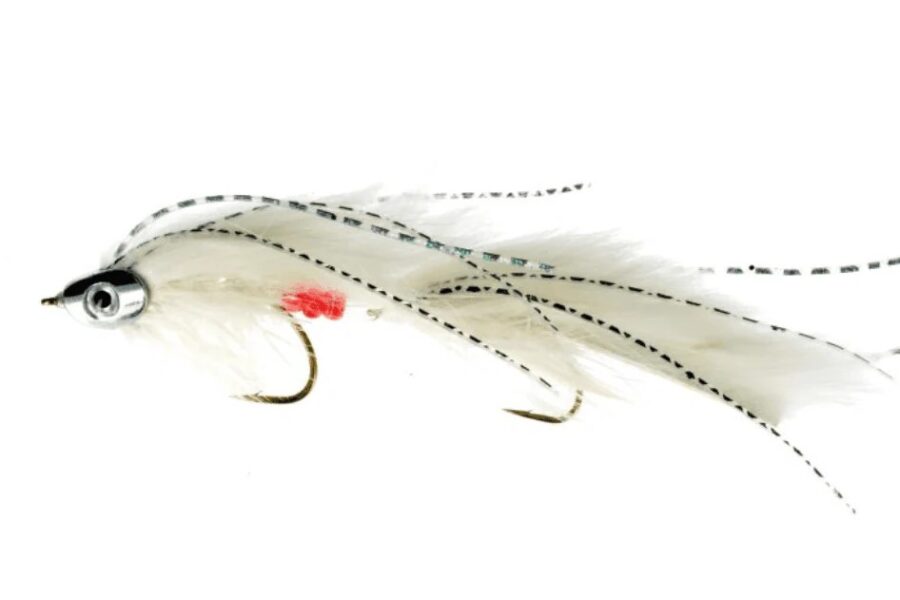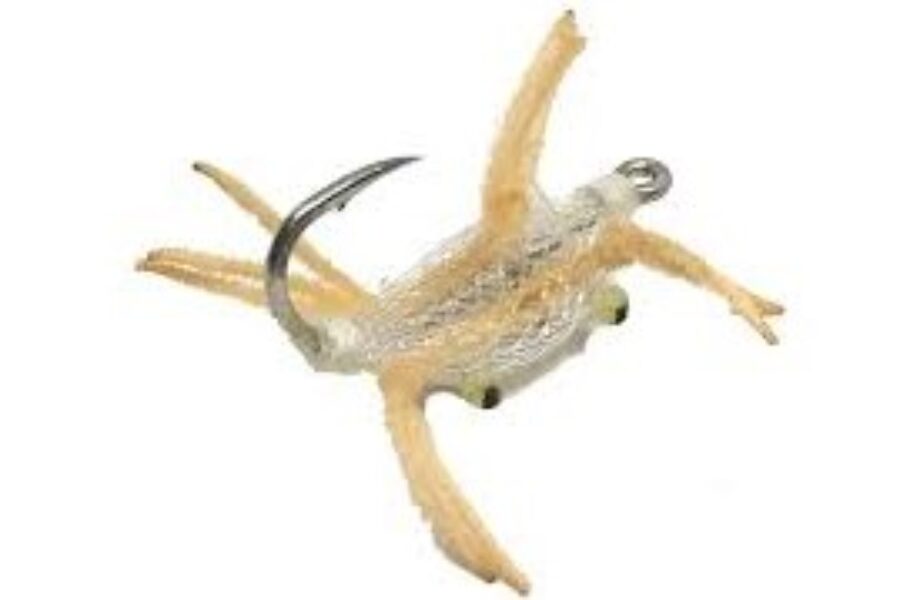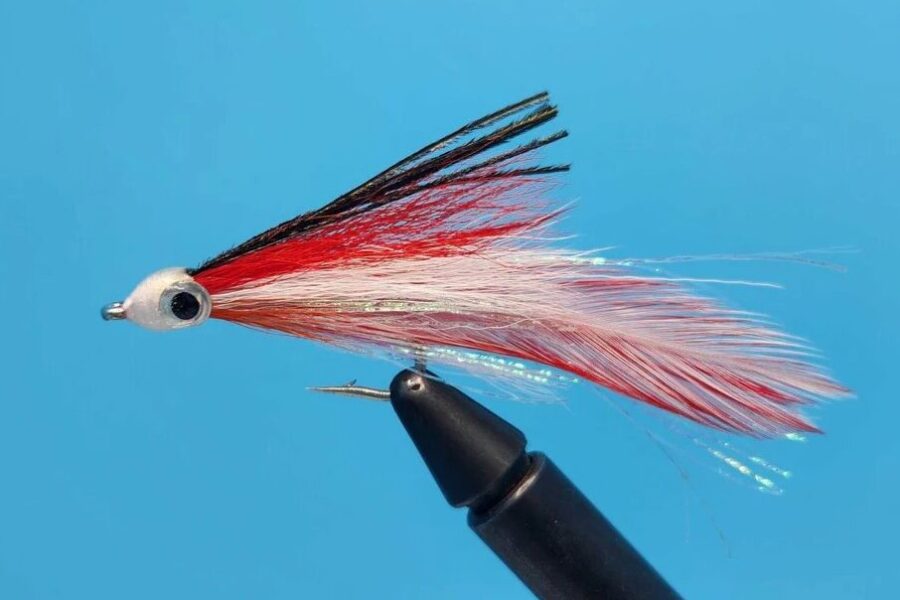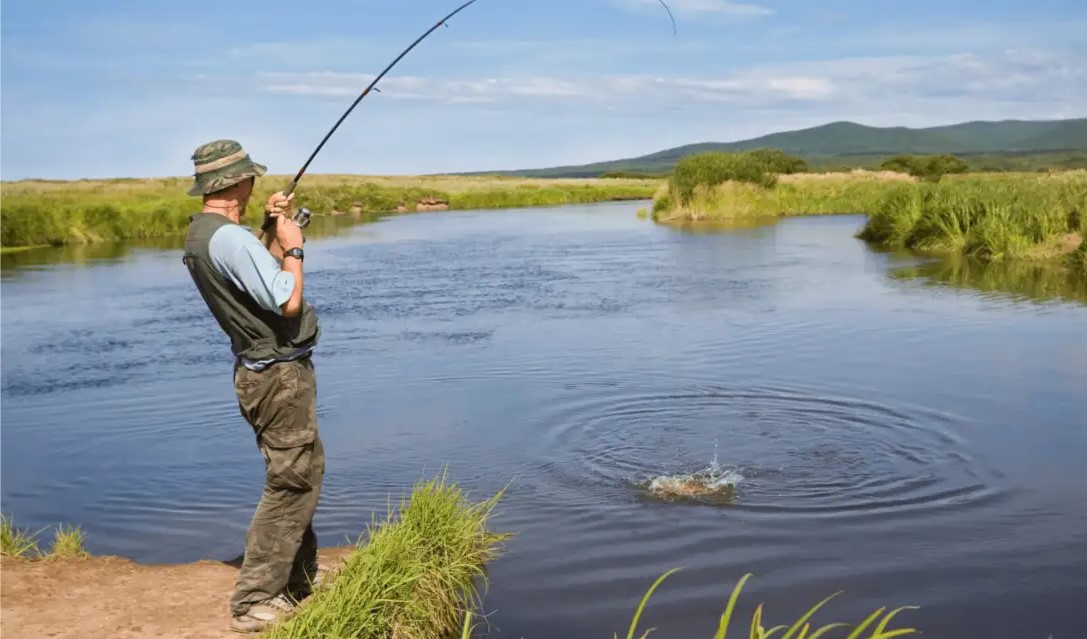16 ultimate fishing tips for anglers
16 ultimate fishing tips for anglers
Fishing is more than just a hobby, it’s a tradition that can be passed down through generations, creating lasting memories and valuable life lessons. Whether you’re an experienced angler looking to refine your skills or a complete novice seeking to start your fishing journey, this comprehensive guide will help you master the fundamentals and advance your fishing expertise.
Getting Started: Essential Equipment and Mindset
As a beginner, resist the urge to purchase the most expensive gear available. Fancy equipment won’t necessarily improve your chances of catching fish if you lack basic techniques. Instead, choose equipment that matches your experience level and fishing location. This approach will help you feel more comfortable while learning and prevent unnecessary frustration.
Basic starter equipment should include:
A versatile medium-action rod and reel combo
A selection of hooks in various sizes
Basic sinkers and weights
A tackle box for organization
Line appropriate for your target species
Basic tools (pliers, knife, first aid kit)
Learning from Experience: The Importance of Mentorship
For beginning anglers or those wanting to learn new techniques, partnering with experienced fishermen is invaluable. These mentors can:
Demonstrate proper fishing techniques
Share location-specific knowledge
Teach essential safety practices
Offer tips on equipment selection and maintenance
Share insights about fish behavior and patterns
Understanding Fish Behavior and Camouflage
Fish have unique vision characteristics that anglers must understand. While they don’t see colors exactly as humans do, they are sensitive to movement and contrast. To improve your chances of success:
Wear neutral or earth-toned clothing
Avoid bright colors that stand out
Move slowly and deliberately near the water
Minimize shadow casting over fishing areas
Stay low when approaching fishing spots
Strategic Fishing Techniques
Proper positioning and technique can significantly improve your success rate. When fishing in moving water:
Cast upstream from your target area
Allow your bait to drift naturally with the current
Position yourself to avoid casting shadows over fishing spots
Use the current to present your bait more naturally
Pay attention to underwater structures where fish might hide
Reading Natural Signs
Successful anglers develop the ability to read natural signs that indicate good fishing opportunities:
Watch for bird activity, especially diving birds
Notice areas where small fish are jumping
Look for changes in water color or movement
Observe insect activity near the water
Monitor weather patterns and their effects
Bait Selection and Presentation
Different fish species respond to different types of bait, and understanding these preferences is crucial for success:
Catfish respond well to strong-scented baits like chicken liver, cut bait, shrimp, and stinkbait
Bream prefer natural baits such as crickets, worms, grasshoppers, and small grubs
Bass often strike at moving lures that mimic injured prey, including:
Soft plastic worms in natural colors
Jigs with crawfish trailers
Topwater frogs in weedy areas
Crankbaits that match local baitfish
Larger fish typically pursue larger bait, but always match the common forage size in your area
Consider seasonal preferences when selecting bait:
Spring: Small, subtle presentations
Summer: Fast-moving reaction baits
Fall: Larger baitfish imitations
Winter: Slow-moving, natural presentations
Weather Considerations and Safety
Weather plays a crucial role in fishing success and safety, influencing both fish behavior and angler comfort:
Pre-Trip Planning:
Check detailed weather forecasts 24 hours ahead
Monitor radar apps for storm movement
Plan alternate locations in case of poor conditions
Pack appropriate clothing layers
Bring emergency weather gear
Weather Effects on Fish:
Barometric Pressure:
Rising pressure: Fish become less active
Stable pressure: Normal feeding patterns
Falling pressure: Increased feeding activity
Temperature Impact:
Cold fronts typically slow fishing
Warm fronts can trigger feeding
Sudden changes reduce activity
Wind Considerations:
Light winds can improve fishing
Strong winds create safety hazards
Wind direction affects bait movement
Spinnerbait Techniques
Spinnerbaits are versatile lures that work well for various species:
Effective for bass and crappie
Can be retrieved at different speeds
Work well in both clear and murky water
Good for covering large areas quickly
Effective in different water depths
Child-Friendly Fishing Tips
Teaching children to fish requires patience and positive reinforcement:
Celebrate all catches, regardless of size
Focus on the experience rather than results
Keep initial sessions short and engaging
Use simple equipment suitable for small hands
Choose locations where action is likely
Reading Fish Behavior While Reeling
Understanding fish behavior during the catch is crucial:
Watch for rolling movements indicating tiredness
Notice when jumps become less energetic
Adjust line tension appropriately
Be patient during the fight
Know when the fish is ready to land
Essential Knot Skills
Knowing how to tie proper fishing knots is fundamental to success. Here are the most important knots every angler should master:
Palomar Knot:
Perfect for braided line
Strong and reliable
Easy to tie even in low light
Great for attaching hooks and lures
Improved Clinch Knot:
Excellent for monofilament
Quick to tie
Good for most fishing situations
Best for lighter line weights
Double Uni Knot:
Essential for joining lines
Works with different line types
Maintains line strength
Passes through guides easily
Practice Tips:
Practice knots at home before fishing
Use appropriate size line for practice
Test knots before each trip
Carry a knot-tying tool
Replace line showing wear or damage
Safety Considerations
Fishing safety should always be a priority:
Never fish alone in remote areas
Carry basic safety equipment
Know your location and share it with others
Bring communication devices
Have a plan for emergencies
Maximizing Fishing Time
To increase your chances of success:
Keep your line in the water as much as possible
Minimize time spent adjusting equipment
Pre-tie multiple rigs
Plan bait changes efficiently
Stay focused on your presentation
Understanding Peak Fishing Times
Timing can significantly impact fishing success:
Research species-specific feeding times
Understand seasonal patterns
Consider lunar phases
Monitor water temperature
Note weather patterns
Local Knowledge and Community
Building connections with local fishing communities can provide valuable insights:
Visit local bait shops
Join fishing clubs or groups
Participate in local fishing events
Share experiences with other anglers
Support local conservation efforts
Conservation and Responsibility
Responsible fishing practices ensure the sport’s future:
Follow local fishing regulations
Practice catch and release when appropriate
Properly dispose of fishing line and trash
Report illegal fishing activities
Support conservation efforts
Conclusion
By following these guidelines and continuously learning from your experiences, you’ll develop into a more skilled and confident angler. Remember that fishing is not just about catching fish, it’s about creating memories, connecting with nature, and passing on valuable traditions to future generations. Whether you’re fishing for sport, relaxation, or sustenance, these principles will help you achieve greater success and enjoyment on the water.

